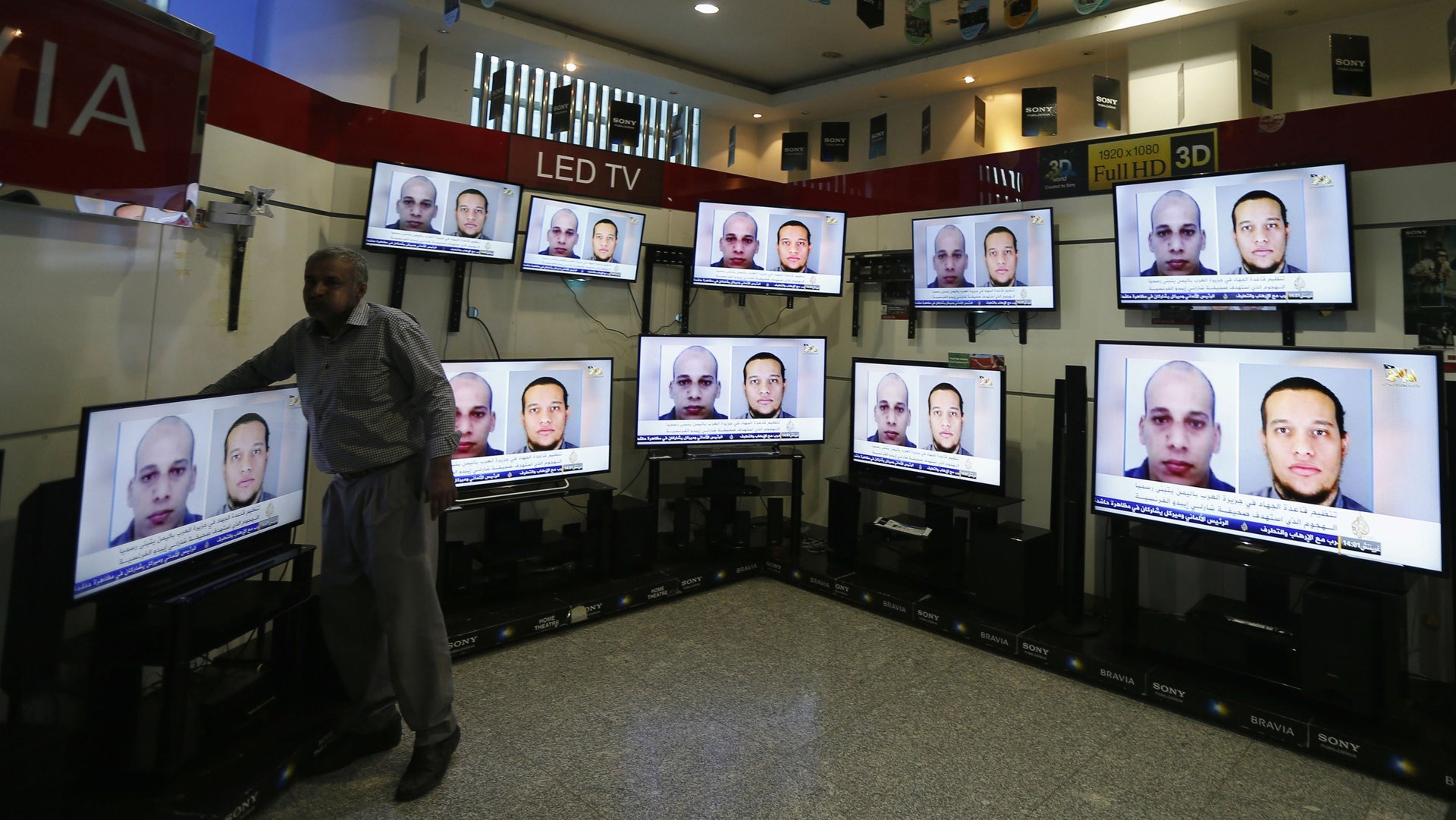A man who hid from the Charlie Hebdo killers sues the media for revealing his hiding place
When the editorial team of French satiric magazine Charlie Hebdo was massacred by gunmen in Paris on on Jan. 7, the media offered incessant coverage of the aftermath. Two days later, gunmen Saïd and Chérif Kouachi arrived in a printing facility outside Paris, and took the owner hostage.


When the editorial team of French satiric magazine Charlie Hebdo was massacred by gunmen in Paris on on Jan. 7, the media offered incessant coverage of the aftermath. Two days later, gunmen Saïd and Chérif Kouachi arrived in a printing facility outside Paris, and took the owner hostage.
Before the gunmen could see him, graphic designer Lilian Lepère, 26, hid under a sink in a small cupboard, where he remained for hours until the siege ended. Via text message, he was able to communicate details of the situation to the police. But the details didn’t remain with the police, and the news that a man was hiding in the printing facility were broadcast by French radio and TV channels, which Lepère claims put his life in further danger.
Lepère is now suing the media outlets, and police have opened an investigation against radio station RMC and TV stations TF1 and France 2. According to an interview released to French newspaper Le Parisien (link in French, behind paywall), “sharing these information in real time, while the Kouachi brothers, armed and determined, could follow the development of the operations, put Lilian in definite risk.”
The French media has been attacked for Charlie Hebdo’s coverage before: In March, six survivors from the supermarket siege filed a complaint to the police against live news station BFMTV, claiming their real time coverage “lacked the basic precautions.” During the stand-off, a BFMTV reporter said on air: “There’s a person, a woman, who might have been hiding from the start in the fridge. And who is probably still there.”